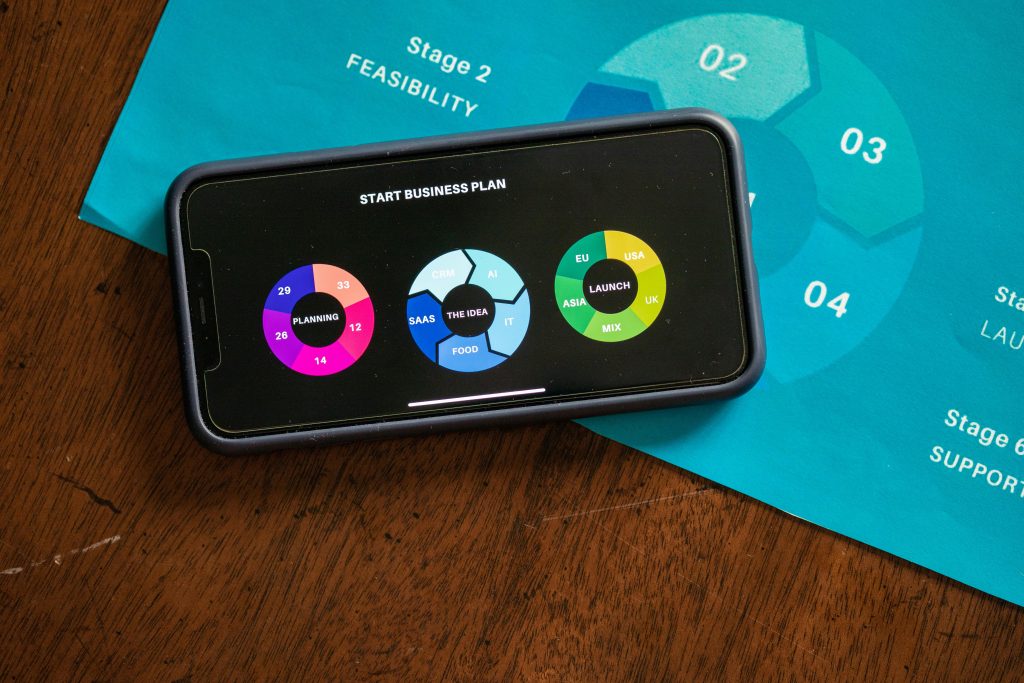Introduction
Changing your habits can be hard. Most people set out with good intentions—to wake up earlier, exercise more, or focus better—but fall off track after a few days or weeks. Why? Because building a new habit from scratch takes effort, repetition, and the right approach.
Enter habit-stacking—a simple yet powerful strategy that makes habit formation easier by linking new behaviours to actions you already do consistently. Rather than trying to reinvent your entire day, habit-stacking helps you create routines that feel natural and sustainable.

In this article, you’ll learn what habit-stacking is, how it works, why it’s effective, and how to apply it to your daily life to build habits that actually stick.
What Is Habit-Stacking?
Habit-stacking is a behavioural technique where you anchor a new habit to an existing one. This method leverages the automatic nature of habits you already have—such as brushing your teeth, making coffee, or checking your email—and attaches a new behaviour immediately before or after that routine action.
The concept was popularised by James Clear in his bestselling book Atomic Habits. He outlines a simple formula:
After [current habit], I will [new habit].
By piggybacking on a behaviour that’s already embedded in your daily routine, you make it much easier to introduce and reinforce new actions.
Why Habit-Stacking Works
Habit-stacking is effective for several reasons:
1. Reduces Decision Fatigue
You don’t have to think about when or how to do the new habit—it becomes tied to something you’re already doing.
2. Utilises Existing Neural Pathways
Your brain already associates specific actions with certain times or triggers. Habit-stacking uses these neural connections to form new ones more easily.
3. Encourages Consistency
Repeating the new habit in a consistent context increases the likelihood of success.
4. Fits Into Your Current Routine
Unlike drastic lifestyle changes, habit-stacking works with your current habits, making it easier to implement and sustain.

How to Create a Habit Stack
Follow these five steps to effectively build your own habit stack:
Step 1: Identify an Existing Habit
Choose a habit you already do consistently every day. Ideally, this should be something specific and automatic.
Examples:
- Brushing your teeth
- Starting your morning coffee
- Locking the door
- Taking your lunch break
- Shutting down your computer
The key is consistency—choose a habit you rarely skip.
Step 2: Select a Simple New Habit
Your new habit should be small, easy, and specific. Focus on actions that take no more than a couple of minutes to complete.
Examples:
- Meditate for 60 seconds
- Drink a glass of water
- Write down one goal for the day
- Read one page of a book
- Do five squats
Keep it manageable. You can always expand it later once it becomes second nature.
Step 3: Write a Habit-Stacking Statement
Use the formula:
After I [current habit], I will [new habit].
Examples:
- After I pour my morning coffee, I will read one page from a book.
- After I brush my teeth at night, I will write down three things I’m grateful for.
- After I shut down my laptop, I will plan tomorrow’s top priority.
Make your statement as specific as possible.
Step 4: Start Small and Track Your Progress
Begin with just one habit stack. Use a habit tracker, calendar, or journal to monitor your consistency. Visual feedback helps reinforce the behaviour and build momentum.

Tip: If you miss a day, restart the next. Consistency beats perfection.
Step 5: Review and Refine
After a couple of weeks, assess how the habit is working. Is it too hard? Too easy? Not meaningful enough?
Adjust as needed:
- Change the anchor if it’s not consistent
- Break the habit into smaller steps
- Stack it with a different routine
Habit-stacking is flexible—experiment until it fits your lifestyle.
Real-Life Habit-Stacking Examples
Here are practical examples of how you can incorporate habit-stacking into your day:
Morning Routine
- After I brush my teeth, I will drink a glass of water.
- After I start the kettle, I will review my daily goals.
- After I put on my shoes, I will do five minutes of stretching.
Workday Routine
- After I log into my computer, I will prioritise my to-do list.
- After I send my first email, I will take a 60-second breathing break.
- After each meeting, I will write down one action item.
Evening Routine
- After I finish dinner, I will clean the kitchen immediately.
- After I turn off the TV, I will read for 10 minutes.
- After I plug in my phone to charge, I will lay out my clothes for the next day.
Over time, these small actions become part of a structured and productive routine.
Common Mistakes to Avoid
To get the most from habit-stacking, watch out for these common errors:
1. Choosing Inconsistent Anchor Habits
If your anchor habit isn’t done regularly, the new habit won’t stick either.
2. Starting Too Big
Trying to do too much too soon leads to burnout. Start with one habit and build from there.
3. Being Too Vague
Avoid statements like “After breakfast, I’ll be productive.” Be specific: “After breakfast, I will review my planner for five minutes.”

4. Neglecting Reinforcement
Celebrate wins. Even small rewards (like checking off a box) help reinforce the habit.
Conclusion
Habit-stacking is one of the simplest and most effective ways to create lasting daily routines. By anchoring a new behaviour to a current habit, you reduce friction, improve consistency, and build positive momentum toward personal growth.
You don’t need more time—you need better systems. With habit-stacking, those systems become effortless and sustainable.
Start small, be specific, and stay consistent. Your routine will become your results.

Leave a Reply